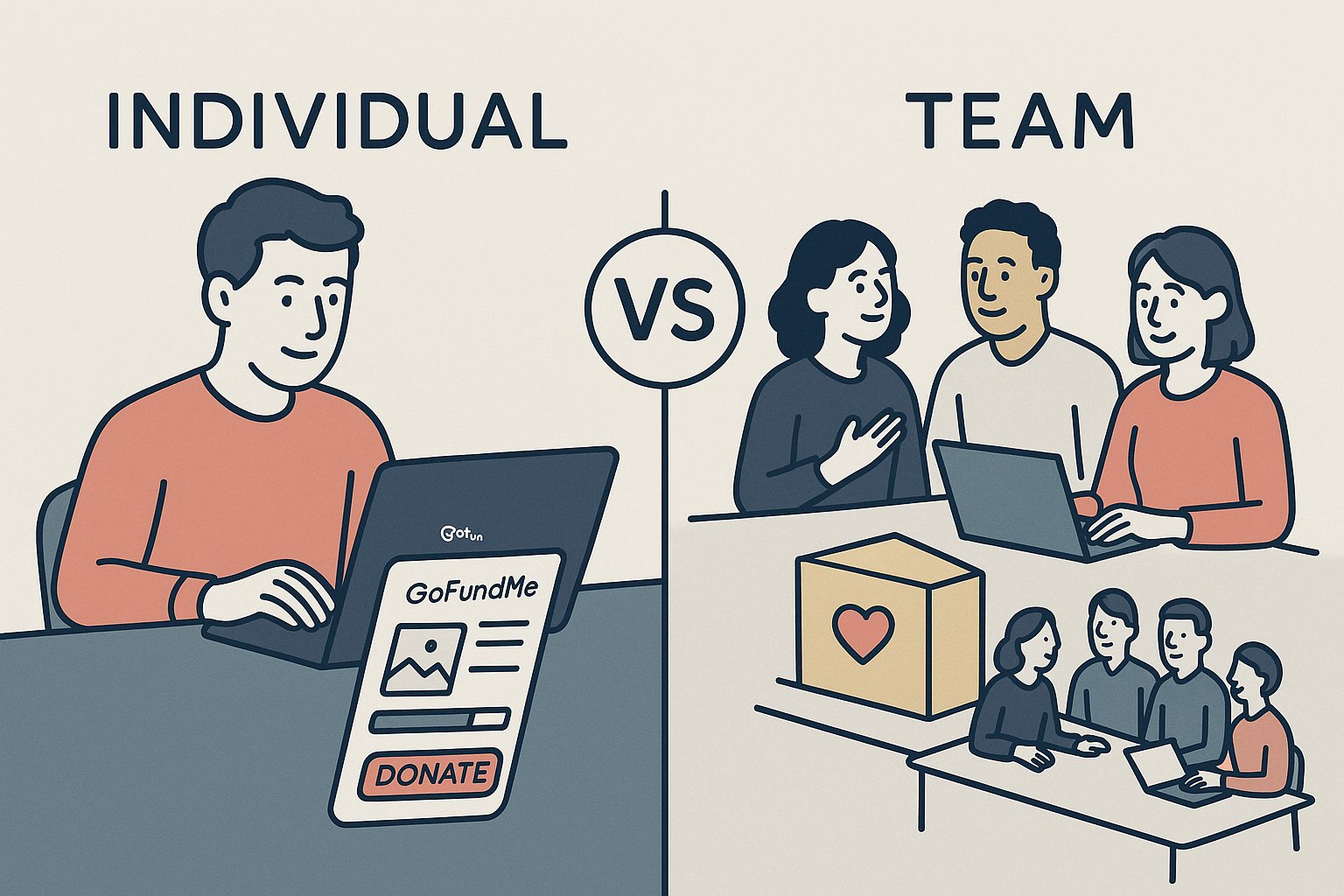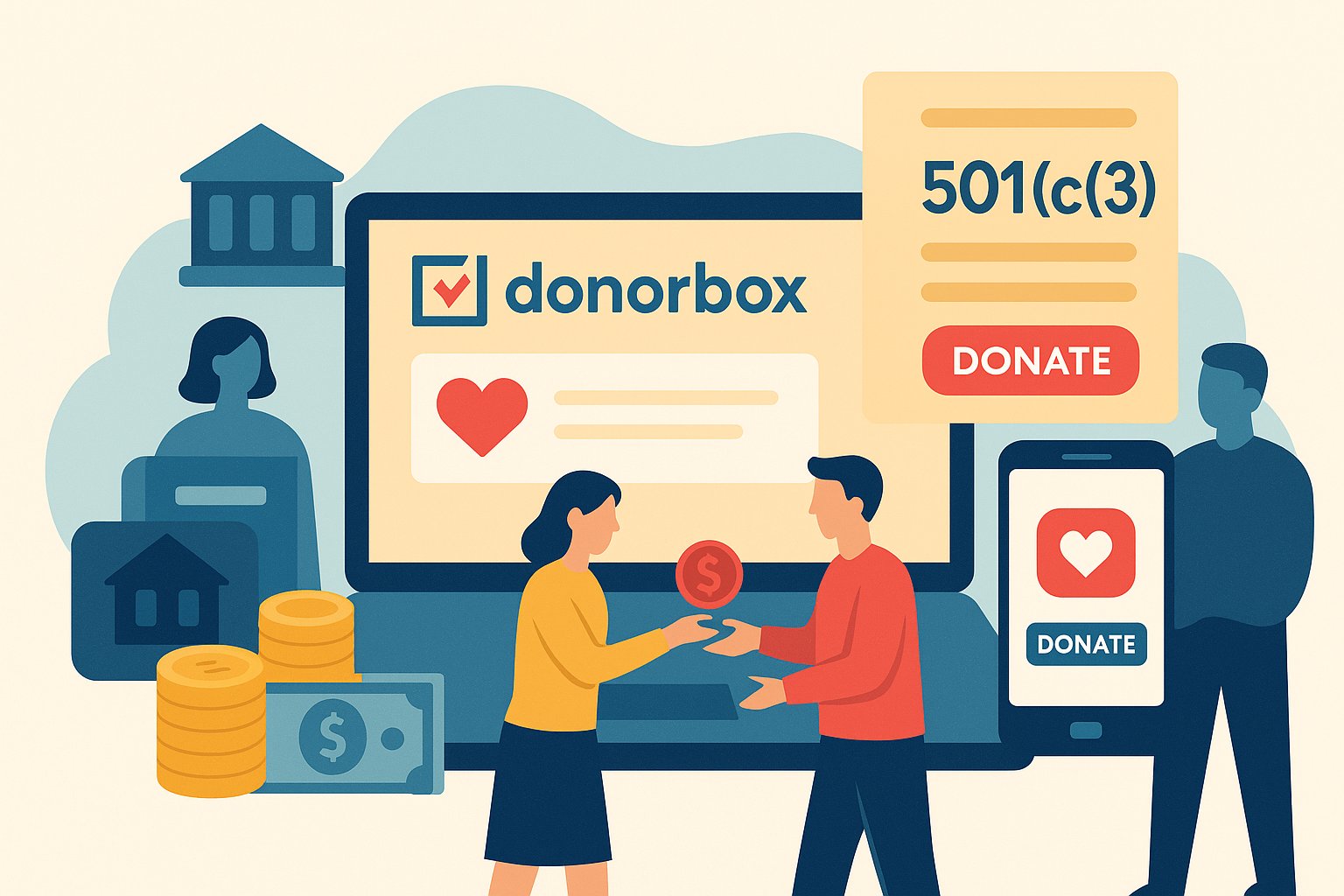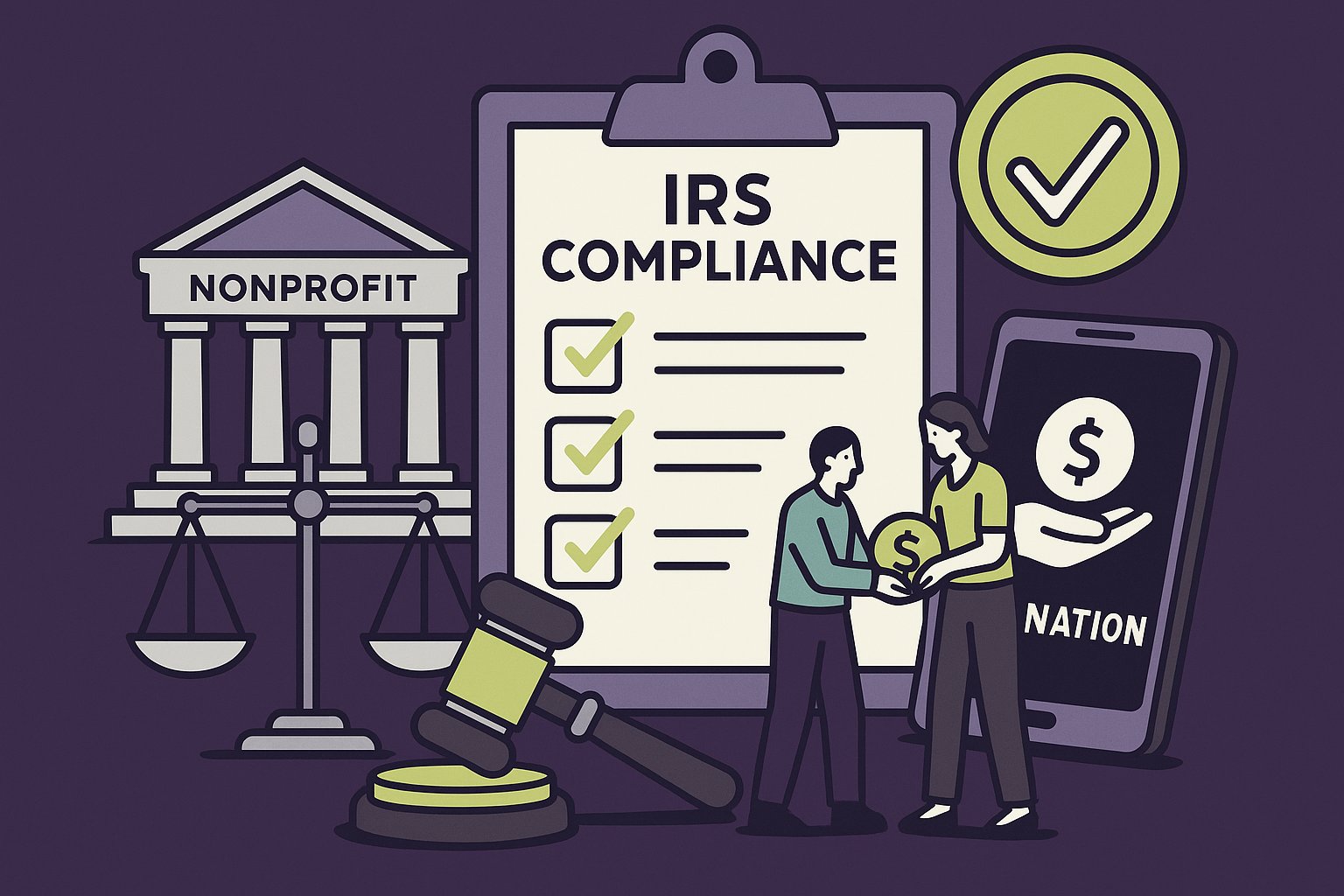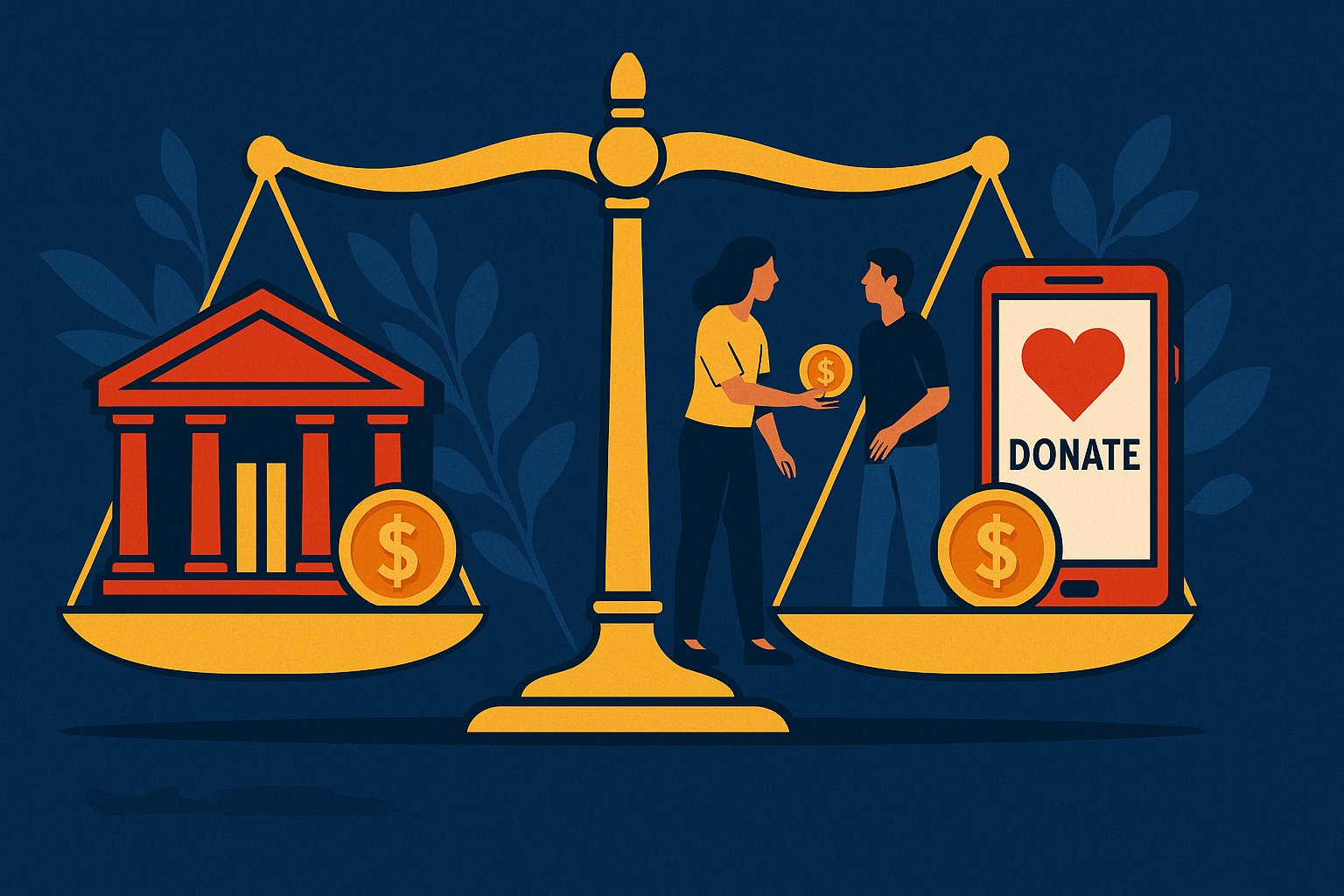Setting the Stage: Why Campaign Structure Matters
Choosing between a GoFundMe team campaign and an individual fundraiser is more than a technical decision—it shapes everything from how donors perceive your cause to the amount of effort required to keep momentum alive. Both models have propelled countless campaigns to their financial goals, but each comes with its own set of strengths and challenges. Whether you’re raising funds for a medical procedure, community project, or disaster relief, understanding the nuances of team versus individual campaigns ensures you harness the right approach. In this article, we’ll explore the critical distinctions, weigh the pros and cons of each, and help you decide which structure best aligns with your vision and resources.
Unpacking the Essence of Individual Campaigns
Individual GoFundMe campaigns put a single organizer or beneficiary at the heart of the narrative. The page typically features one person’s name and story—whether that’s a parent covering a child’s cancer treatment or an artist funding a new album. With this model, there is no ambiguity: donors know exactly who they are supporting and why. The story flows directly from the individual’s perspective, fostering a deep emotional connection. Individual campaigns are straightforward to set up—enter basic information, upload a few photos, share your personal appeal, and press “Publish.” From there, the organizer can spearhead all outreach efforts, handle updates, and manage payouts directly to their personal bank account. The simplicity of an individual campaign makes it an appealing option for anyone who wants to quickly rally support without coordinating a larger team effort.
Exploring the Dynamics of Team Campaigns
In contrast, a GoFundMe team campaign allows multiple people to contribute as co-organizers. Each team member can share the administrative load—writing updates, expressing gratitude to donors, and mobilizing their personal networks. Imagine a community rebuilding after a hurricane: different volunteers might spearhead food distribution, home repairs, and fundraising communications, all under one unified GoFundMe page. Team campaigns often start with a team leader inviting trusted collaborators to join via email; once accepted, co-organizers gain permissions to post updates, send messages, and view donor details. Funds from a team page funnel into a single trust account or bank account designated by the leader, but each co-organizer can monitor progress and contribute to the collective story. This shared responsibility can energize diverse communities, leverage multiple skill sets, and maintain campaign momentum even if one person becomes temporarily unavailable.
Casting a Wider Net: Fundraising Potential Compared
One of the clearest advantages of a team campaign is the ability to tap into multiple social networks simultaneously. When an individual campaign goes live, its initial reach is often limited to the organizer’s personal contacts—family, friends, and acquaintances. Even if these supporters are enthusiastic, there can be a ceiling to how far a single person’s social sphere extends. By contrast, a team campaign multiplies reach exponentially: if four co-organizers each bring a network of 500 contacts, the campaign immediately has a potential reach of 2,000 people. This broad exposure can translate into faster donation surges and a higher likelihood of going viral, especially when team members actively share updates, tag supporters, and host local mini-event fundraisers. In practice, team campaigns often surpass individual ones in dollar amounts raised because they have more collective bandwidth for outreach and online amplification.
Crafting the Narrative: Personal vs. Collective Storytelling
Storytelling is the lifeblood of any GoFundMe page, and the tone can differ dramatically between individual and team campaigns. In an individual campaign, the narrative springs from a singular voice. Donors hear directly from the person in need—perhaps a heartfelt video message or a first-person account of mid-treatment experiences. This unfiltered sincerity can be deeply moving, fostering empathy that drives immediate giving. The risk, however, is that the burden of storytelling falls entirely on one person, which can be emotionally draining. In a team campaign, storytelling becomes a collaborative symphony. Different co-organizers can contribute perspectives—one might write about the logistical hurdles, another might share beneficiary testimonials, and a third could highlight local volunteer efforts. This multi-dimensional narrative paints a fuller picture: donors see not only who needs help but also the broader community rallying behind them. The richness of a collective story can encourage larger gifts from donors who value seeing a coordinated, community-driven effort.
Managing Responsibilities: Solo Focus vs. Shared Workload
Running an individual campaign means you’re responsible for every aspect—writing updates, monitoring comments, crafting thank-you messages, and troubleshooting technical issues. While this singular focus can yield consistent branding and voice, it also places enormous pressure on one person to remain consistently active and available. Should you fall ill, miss a deadline, or face personal burnout, your campaign may lose steam. Team campaigns distribute these tasks among multiple people. Delegate social media outreach to the most tech-savvy co-organizer, enlist an empathetic writer to craft heartfelt donor messages, and ask a logistics-minded team member to handle donations tracking. By sharing responsibilities, you reduce the risk that a single setback will stall your entire campaign. On the flip side, coordinating among co-organizers requires clear communication and trust: everyone must agree on the campaign’s messaging, timelines for updates, and financial disbursement protocols to avoid confusion or misalignment.
Financial Transparency and Fund Distribution
Whether you create an individual or team campaign, GoFundMe channels all donations into a single payout account—be it a personal bank account or a nonprofit’s account. In an individual campaign, the beneficiary has sole authority to withdraw funds, which simplifies both accounting and decision-making. There’s no need to debate how to divide proceeds among multiple parties: all funds directly support the individual’s stated need. This clarity can reassure donors that there’s no red tape or ambiguity in how their dollars will be used.
Team campaigns, however, benefit from additional checks and balances. While all donations still funnel into one account, co-organizers can access the campaign’s financial dashboard to track totals, view refunds, and monitor disbursements. This shared visibility fosters accountability—team members can confirm that pledged funds are being used as promised, whether for communal housing repairs or pooled school supplies. If the team decides to distribute funds to various beneficiaries—such as multiple families in a community—the campaign leader can allocate portions accordingly, but co-organizers should maintain clear records to ensure accuracy. Although this added layer of oversight strengthens donor confidence, it can also introduce friction if team members disagree on disbursement timelines or usage priorities. Clear policies established before launch help mitigate these risks.
Branding and Credibility: One Voice vs. Many Voices
Individual campaigns stand or fall on the authenticity and trustworthiness of one person. A compelling personal story, paired with transparent photographic or medical documentation, can inspire confidence. Donors appreciate knowing they’re supporting a single individual’s verifiable need. However, if the organizer has limited online presence or lacks a strong network, donors may hesitate to give large amounts without additional endorsements.
Team campaigns, on the other hand, benefit from collective credibility. When multiple people—especially if they hail from different corners of a community—endorse a cause, it creates a sense of legitimacy. Donors see faces from their own neighborhoods, workplaces, or social circles endorsing the effort, which amplifies trust. Additionally, a team can leverage its members’ professional or educational backgrounds to bolster campaign reputation: a nurse co-organizer might validate medical claims, while a local business owner endorsing the effort underscores community investment. The downside is that so many voices must be aligned on a cohesive brand identity; inconsistencies in tone or visuals among co-organizers can confuse donors and dilute the campaign’s professional polish.
Donor Engagement: Personalized Touch vs. Collective Acknowledgment
When an individual expresses gratitude, donors feel a direct, personal connection: a heartfelt “Thank you, Sarah, for your $50 gift—your money bought one week of medication!” resonates on a one-to-one level. This personalized approach can spur repeat gifts, as donors feel genuinely seen and appreciated. However, as an individual campaign grows, responding to each donation in depth can become unsustainable, leading to generic “Thank you for your support” messages that may feel impersonal over time.
In a team campaign, co-organizers can rotate thank-you responsibilities—one might send private messages to donors, another might post a public shout-out, and a third might manage handwritten notes. This division ensures that responses maintain a high level of personalization without overwhelming any single organizer. Team members can also host live appreciation events—a virtual town hall or a local coffee meet-up—where donors receive collective recognition and see the camaraderie behind the campaign. While this collective approach forges community among supporters, it risks seeming less intimate; donors may not receive as direct a narrative about how their specific gift impacted one individual’s life. Striking a balance between personal acknowledgment and group recognition is key to sustaining long-term donor relationships.
Time Investment: Solo Hustle vs. Collective Coordination
Fueling an individual campaign often requires around-the-clock attention, especially in the early days. You might find yourself drafting updates at 2 a.m. to catch time-zone differences or responding to donor queries during work breaks. The onus falls entirely on you to maintain momentum, which can become exhausting. Yet this singular ownership can also be invigorating: you control every aspect, and each donation is a direct validation of your personal story.
Running a team campaign typically involves initial coordination meetings—virtual or in-person—to align on goals, craft messaging, and assign roles. While this takes upfront time, it sets a foundation for sustained collaboration. Co-organizers can stagger their efforts to ensure someone is always available to engage with donors, update social media, or troubleshoot issues. If one organizer has a sudden personal emergency, the rest of the team can maintain continuity. The trade-off is that miscommunications or scheduling conflicts among team members can introduce delays or inconsistencies. A successful team campaign depends on setting clear expectations for availability, deadlines for updates, and protocols for conflict resolution.
Success Stories: Illustrating Each Model in Action
Consider the case of a college student named Mia who suffered a life-changing accident. She launched an individual GoFundMe campaign to cover hospital bills and rehabilitation. Mia’s story—coupled with photos of her physical therapy sessions—resonated deeply with friends, classmates, and local media. Within a week, she raised half her goal, thanks to targeted outreach on social media. Because she managed the campaign alone, every donation triggered a prompt, heartfelt thank-you note personally written by Mia, strengthening bonds with supporters. Her solo efforts culminated in fully funding her recovery costs within a month.
Contrast this with a small-town youth soccer league raising money after their clubhouse was destroyed by a storm. Coaches, parents, and players formed a seven-person GoFundMe team. One coach handled graphic design, another organized a charity match, and a parent coordinated media outreach. Their combined networks—local businesses, school alumni, and community foundations—amplified the campaign far beyond what a single organizer could achieve. By pooling resources and expertise, they raised 150% of their goal, enabling not only clubhouse repairs but also new equipment purchases. This distributed approach created a sense of collective achievement, inspiring deeper community loyalty to the soccer league.
Making the Right Call: Factors to Consider
Deciding between an individual and a team GoFundMe campaign often boils down to a set of key considerations. First, assess the nature of the need: is it centered on one person’s immediate crisis, or does it involve a broader group or community project? Urgent personal needs—like sudden medical bills—typically benefit from the emotional immediacy of a solo campaign. Collective challenges—like rebuilding multiple homes or funding a school-wide scholarship program—lend themselves to a team effort, where shared storytelling carries more weight.
Next, reflect on your network: do you have strong support from friends and family who can run the campaign solo, or would you benefit from enlisting a team to cast a wider net? If you suspect burnout, acknowledge that running a personal campaign can be overwhelming; partnering with co-organizers provides a built-in support system. On the other hand, if you value direct ownership and have the time and energy to dedicate, a solo approach can be more nimble and maintain consistent messaging.
Finally, consider long-term engagement. Individual campaigns often peak quickly and taper off once the immediate need is met. Team campaigns, by involving multiple stakeholders, have a greater chance of sustainability—co-organizers remain invested even after the initial goal is achieved, potentially setting the stage for future fundraising efforts. If your aim is to build an ongoing community initiative rather than address a one-time crisis, a team structure is likely more conducive to lasting impact.
Navigating Common Pitfalls: Lessons for Both Models
Both individual and team campaigns face potential pitfalls that can derail fundraising momentum. Individual fundraisers risk donor fatigue and personal burnout; constantly crafting updates and engaging with each donor can leave them emotionally and physically exhausted. To avoid this, personal organizers should schedule regular rest intervals—time blocks where notifications are muted—and prepare a content calendar in advance to streamline updates and outreach.
Team campaigns can stumble when communication breaks down or roles aren’t clearly defined. Co-organizers may inadvertently send mixed messages, post overlapping updates, or duplicate outreach efforts. To prevent these missteps, a succinct campaign playbook—outlining posting schedules, messaging guidelines, and disbursement responsibilities—can be invaluable. Weekly virtual check-ins help ensure everyone stays aligned and address any emerging conflicts before they undermine progress.
Both models share the universal need for transparency, timely thank-yous, and consistent storytelling. Whether solo or in a group, failing to provide regular campaign updates or mishandling donor inquiries can erode trust. Commit to a minimum update frequency—at least once a week—and use personalized approaches to thank supporters promptly. By proactively addressing these common pitfalls, campaign organizers can maintain donor confidence and ward off unnecessary hiccups.
Charting the Path Forward: Making Your Campaign Thrive
Launch day is merely the beginning. For an individual, sustaining energy—both for storytelling and donor engagement—demands resilience and planning. Create a backup generator for content by outlining potential story angles (progress report, personal reflection, community support) so you never run dry. Carve out dedicated blocks of time each day to respond to messages, share social media posts, and analyze donation trends. Lean on close friends for moral support, even if they’re not co-organizers; their encouragement can reinvigorate your efforts when you feel weary.
In a team campaign, nurture a collaborative culture. Celebrate every milestone—whether it’s hitting a percentage of the goal or securing a local press mention—with communal enthusiasm. Rotate responsibilities to keep everyone invested: the marketing-savvy member can try a fresh outreach tactic, while the logistical leader can organize a small local event. Schedule brief but regular “pulse checks” to gauge team morale and address friction. Keep communication open; encourage co-organizers to share wins and frustrations candidly. This mutual trust strengthens the team’s resilience and ensures that, when setbacks occur, the campaign continues marching forward rather than stalling.
The Verdict: Weighing Pros and Cons for Your Unique Mission
Ultimately, there is no one-size-fits-all answer to whether a GoFundMe team or individual campaign is superior. Individual fundraisers excel when an urgent, personal story needs a direct, unfiltered voice and when one organizer can dedicate the necessary time and energy. The authenticity of a solo narrative can move donors in powerful ways, generating quick spikes in contributions.
Team campaigns prevail when a cause involves multiple stakeholders, requires diverse skill sets, or aims to harness a broad community network. The shared labor, collective credibility, and layered storytelling of a team effort often yield larger fundraising totals and more enduring support. However, teams must navigate the complexities of coordination and consensus-building to maintain cohesion.
As you embark on your fundraising journey, consider these factors carefully: the nature of your cause, the scope of your network, the emotional bandwidth of your organizing team, and your long-term engagement goals. By thoughtfully choosing the model that aligns with your priorities and resources, you set the stage for a campaign that not only meets its financial targets but also galvanizes a community around a compelling mission. Whether you fly solo or join forces with others, GoFundMe provides the flexible platform you need to bring your vision to life—one generous donation at a time.




